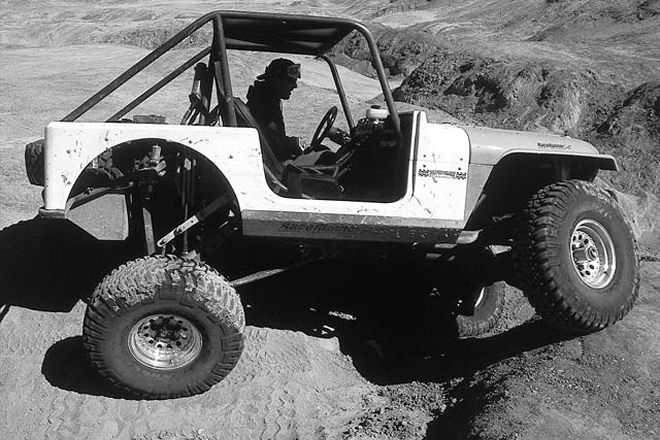
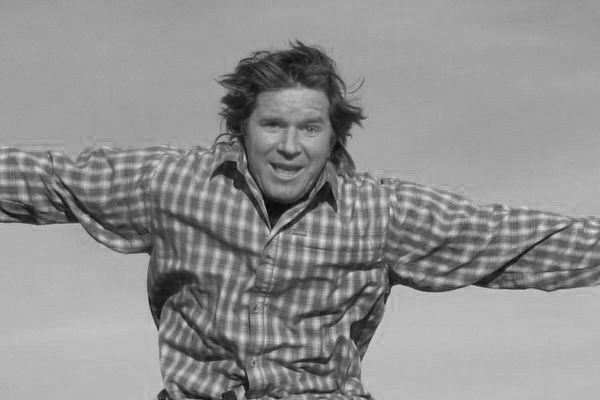 Fred Williams
Brand Manager, Petersen’s 4Wheel & Off Road
Photographers:
Jerrod Jones
PhotosView Slideshow
Fred Williams
Brand Manager, Petersen’s 4Wheel & Off Road
Photographers:
Jerrod Jones
PhotosView Slideshow
A four-link suspension uses links to locate the axle from moving side to side and front to back, while allowing it to travel up and down and articulate. We must agree with the current majority that a four-link suspension with coils, coilovers, quarter-elliptics, or air springs is definitely cool, and that is the most common argument for building your own setup. The problem arises when you think you know what you are doing and just start putting bars and links under your truck. Just because you saw it on some race truck or rockcrawler doesn't mean you need it for your weekend wheeler, though we have no problem with building one just because you want to try it.
There are some definite benefits to running a four-link, but to do it right takes time, money, and some more time and money. We hope to give you a realistic overview of a simple rear four-link suspension, but first, the pros and cons of building one. The choice is yours, but please consider everything before you get started.The fact remains that a well designed and tested four-link will provide a superior translation of power to the ground and higher ride quality than a leaf-sprung suspension. The secret is really in the testing portion. If you build a four-link on your rig then be prepared to fine-tune it and tear it apart quite a few times before it works right. And during this testing stage we would not recommend driving it to work on the highway at 60 mph. You may get lucky the first time, but if not, remember that tearing your truck apart and re-building it is fun.
Considerations
The biggest question with building a four-link is how long should the links be and where should they attach to the frame and axle. This alone will determine how the axle pushes the vehicle, if the rear of the vehicle lifts or squats under acceleration, if wheel articulation causes the rear axle to pivot and steer, and how the body rolls in turns and over obstacles. The desired amount the vehicle does each of these things is different depending on what the vehicle is designed to do (go fast, corner, crawl, articulate) and how the driver desires the vehicle to respond on different terrain. There is no one right way to build a four-link the same as there is no one perfect off-road vehicle, but it can be tuned to do certain things better than others.
For most truck owners an all-around four-link is the desire, but that will not necessarily be the best rockcrawler, desert jumper, and mud bogger suspension.In addition to all the geometry of designing a four-link there is also the problem of what will actually fit on the vehicle you are building. Will the frame support the links where you want them? Will the fuel tank, exhaust, crossmembers, and driveshafts all fit with the links and allow for proper articulation? Unless you are building a truck or buggy around the suspension, plan on doing some compromising to get the best setup you can. If you are starting to like the idea of keeping the leaf-spring suspension, we don't blame you. If you are up for the challenge, stay tuned for next month where we start getting into the technical part of the buildup.
Till then you have a bit of homework. You'll need to round up a tape measure, a calculator, graph paper, and a pencil. Now go measure your wheelbase and decide on the height of the tires you want to run on your rig. Follow that by measuring the rear axle width just inboard of the brake-mounting plates and the height of the frame at various points between the axles along the framerails while the truck is on level ground. Next find the height of the top center bolt of your bellhousing to the ground. Plus start doing research of where you can buy the materials we mentioned below. Just remember you will want to wait until you have read the second part of this story next month before you attack the four-link issue under your truck.
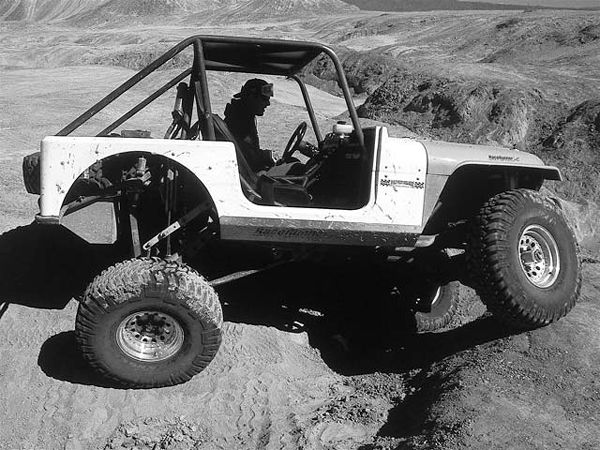
The benefits of a four-link over a simple leaf-spring suspension include controlling axlewrap, better departure angles, controlling axle path, and reducing the uncontrolled variables of axle movement down to just spring rate and shock valving. In addition, a four-link can also allow for more travel and articulation that can provide more traction, though we feel that too much of both can cause problems. Weight is also a concern of the modern-day wheeler since excessive weight eats power. Though a coil spring is lighter than a leaf spring, when you consider the weight of the links and mounts and everything else, the gains in weight are minimal.
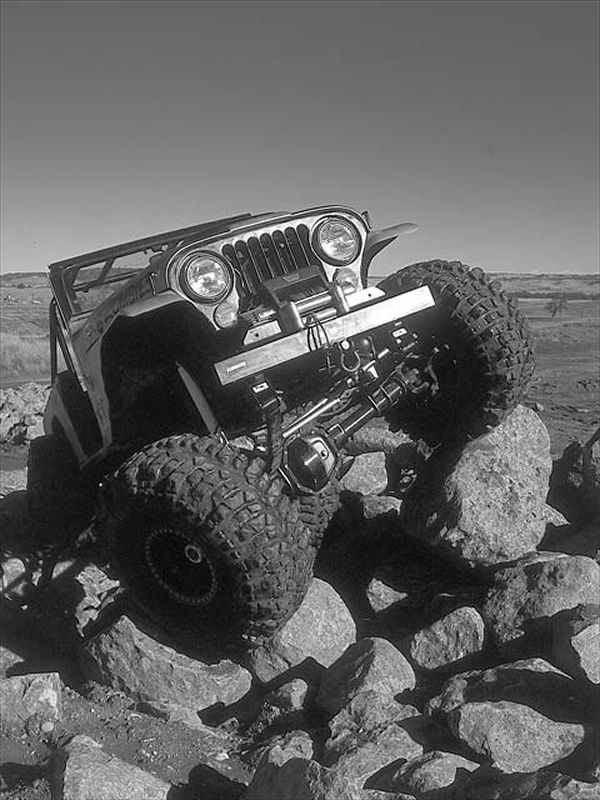
The major benefit of a leaf-spring suspension over a four-link is cost and maintenance. It will take more time and money to remove leaf springs and design, build, test, and rebuild your four-link than it would to just put on a good leaf suspension, and this is if you do it yourself. With shop rates ranging from $25 to $75 per hour, a professionally fabricated four-link is gonna take a serious bite out of your wallet. Plus we have seen some very impressive leaf-sprung suspensions that allow plenty of travel and articulation.
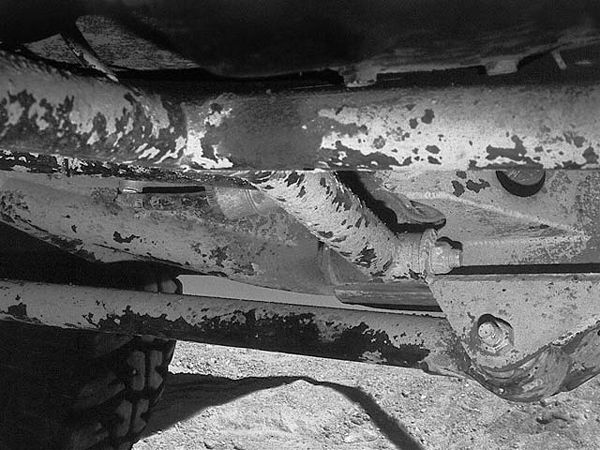
Material is an important factor and concern for strength and safety. Your lower links could be hitting trail obstacles depending on how low you mount them to the axle, so we would recommend no less than 1 3/4-inch DOM tubing with 0.25-inch wall thickness. If your truck is a fullsize or extremely heavy, or if you are planning on mounting your shocks on the lower arms like some race trucks, then you will want to go to an even larger tubing size, or better yet, sleave the 1 3/4 x 0.25 with a slightly larger piece of tube. The upper links are less likely to be hit by rocks and such, but we still do not recommend anything less than 0.120 wall, 1 3/4-inch DOM tubing.
Four-Link Suspension Tech - Part 2





